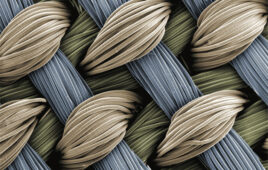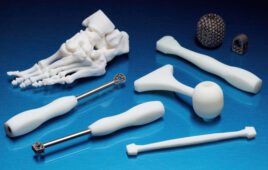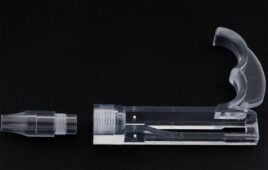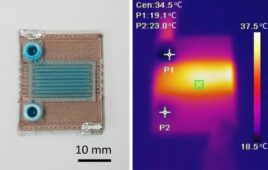Orthopedics
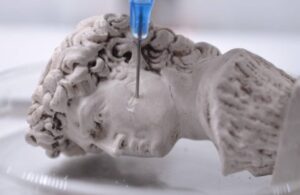
Researchers published a method for 3D-printing an ink that contains calcium carbonate-producing bacteria. The 3D-printed mineralized bio-composite is unprecedently strong, light, and environmentally friendly, with a range of applications from art to biomedicine. [Image courtesy of EPFL]
And last year, Stryker opened a 156,000 ft² facility for 3D printing in Ireland. It’s the latest investment in the field by the world’s largest orthopedics company, which has been working with additive manufacturing technology for more than 20 years. 3D printing metal joint replacements, for example, allows Stryker to make more porous implant surfaces for better bone fixation.
Related: Stryker on steroids: How enabling technology will supercharge surgical robotics
Mighty Oak Medical uses HP Jet Fusion 5200 3D printers to make personalized surgical guides for the placement of pedicle screws in spinal surgeries. The medical device developer uses the same 3D printers to make patient-specific bone models for each surgery.

